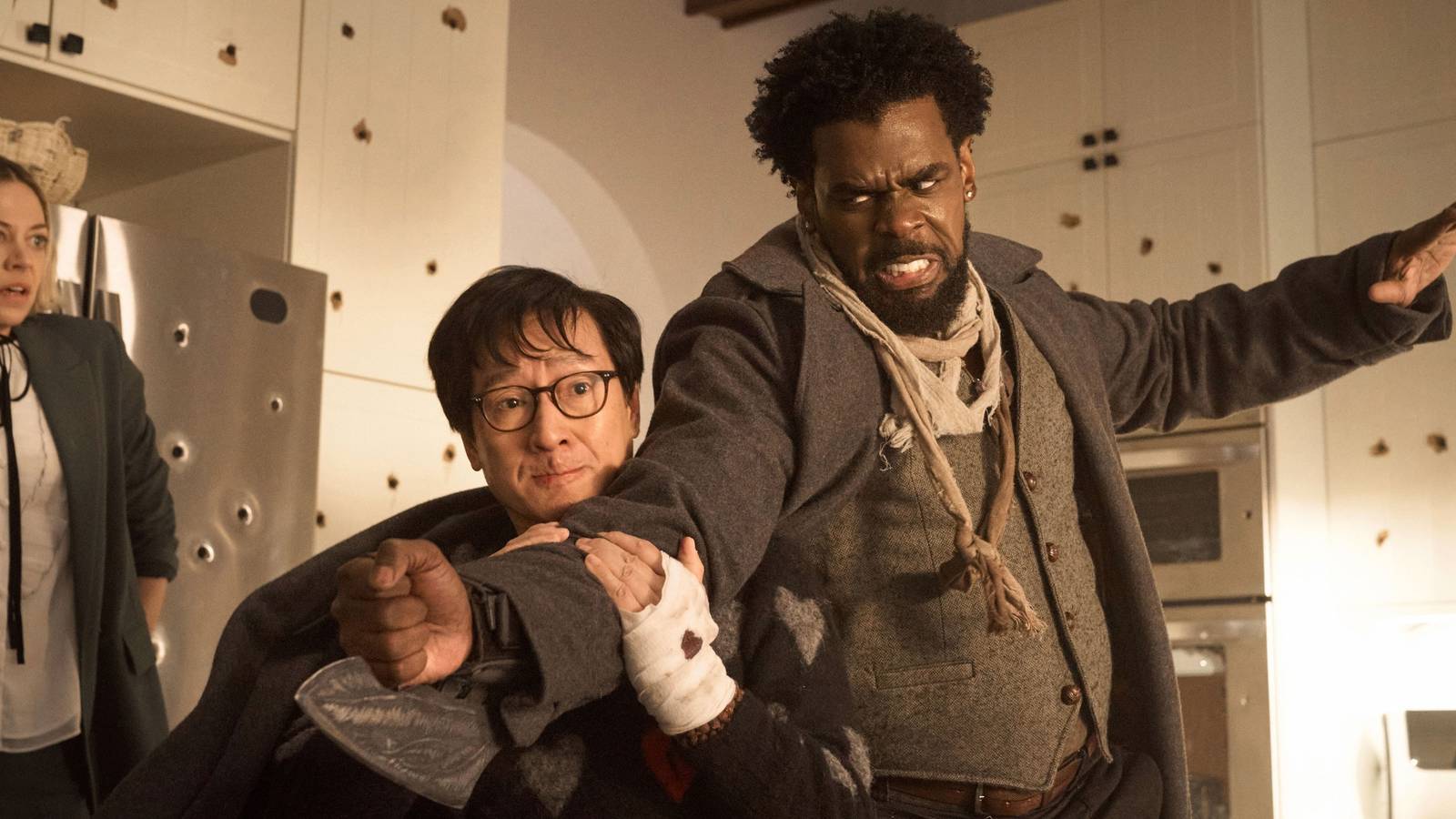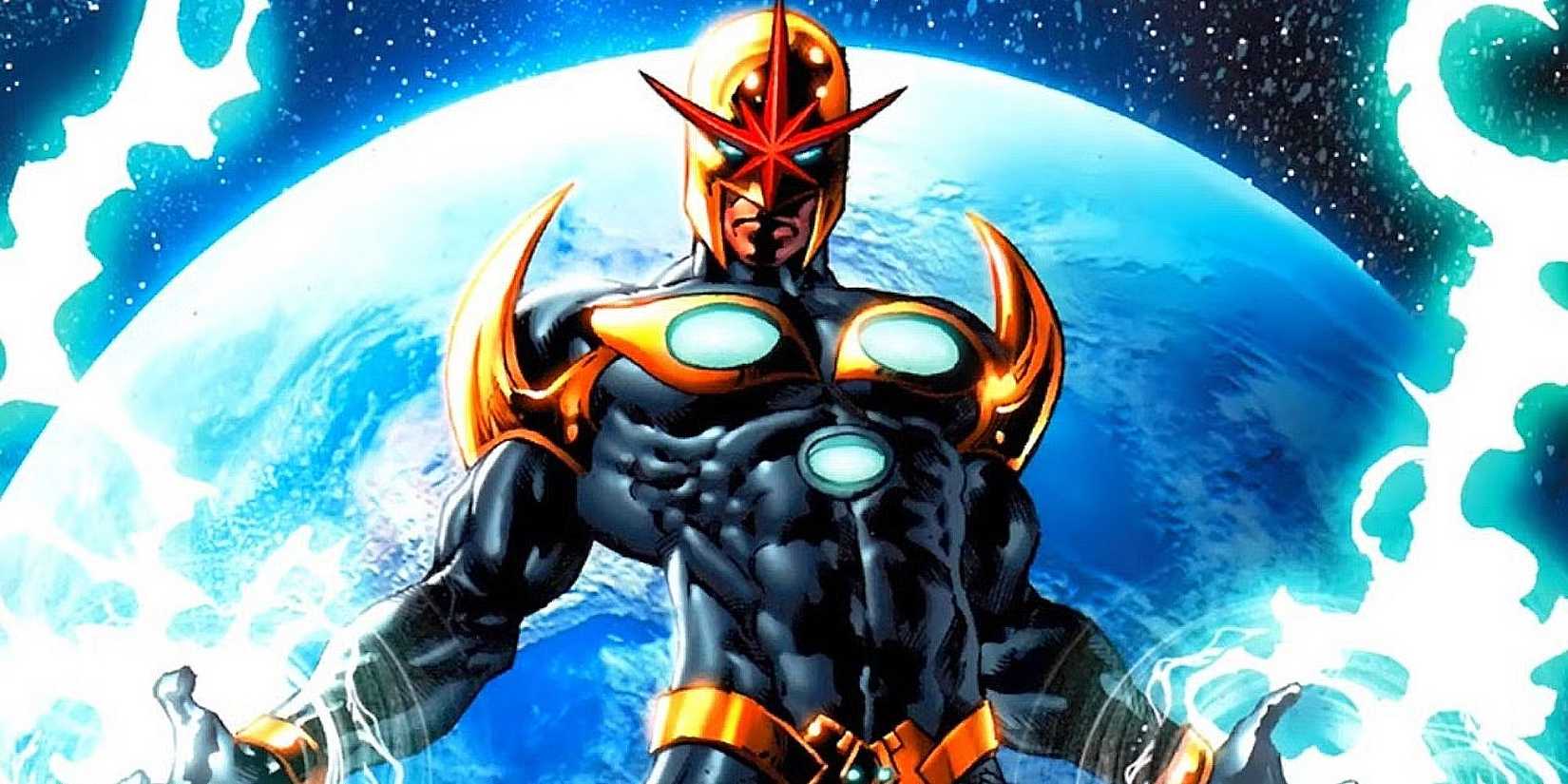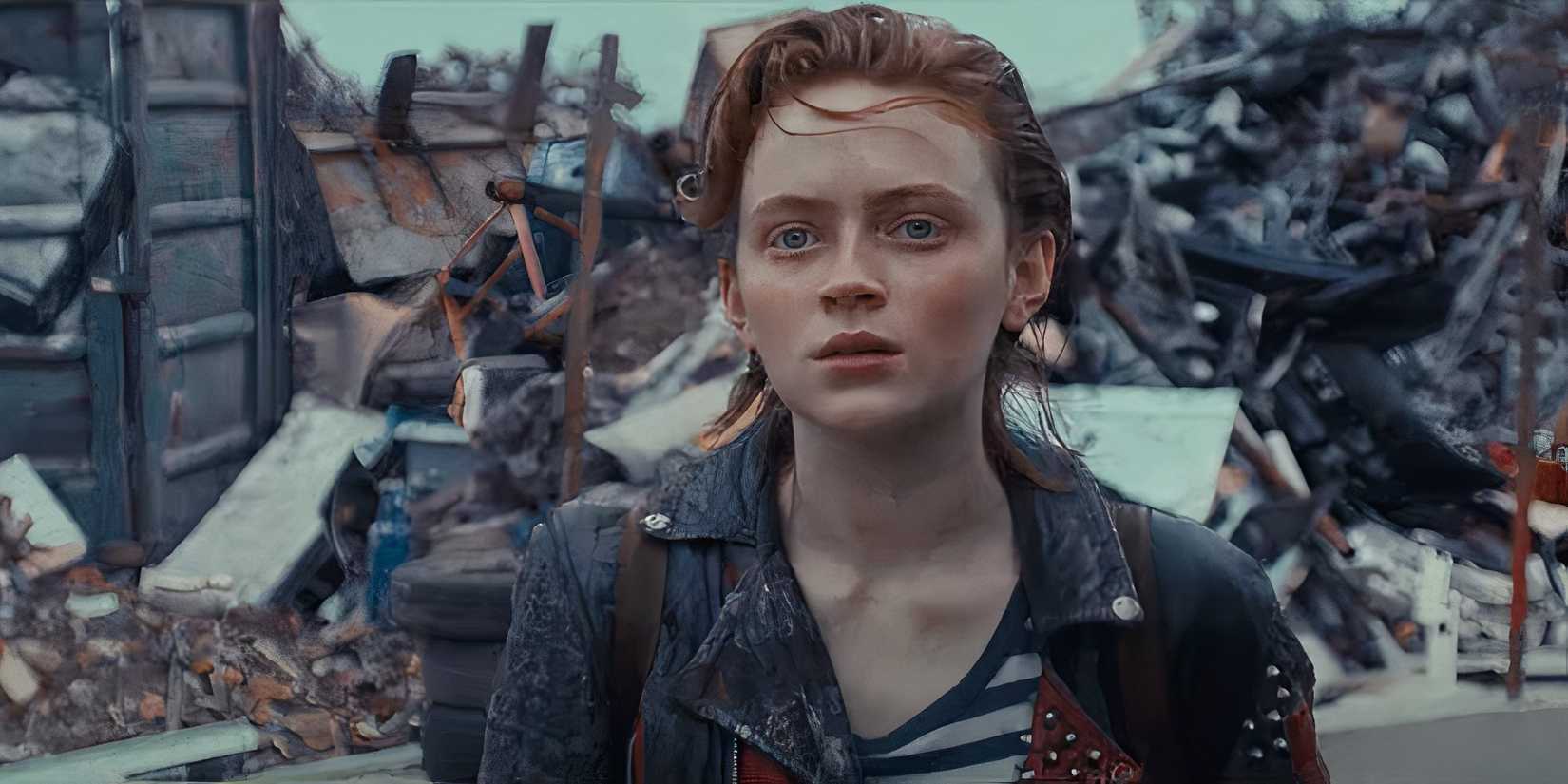The sci-fi genre is a beautiful thing, partly because it dares to approach challenging and intellectual concepts other movies typically avoid. Whether that be time travel, the concept of sentience, or accidentally falling in love with an AI program, sci-fi narratives rarely move in a straight line. Because of that, a great many sci-fi movies demand two viewings to be fully appreciated.
Whether it be the twisting temporal turns of 12 Monkeys or the replicant drama of Blade Runner, sci-fi is inherently cinema’s most rewarding genre for rewatches. In 2001, however, one high-profile, star-studded sci-fi movie released to a distinctly lukewarm reception. The fact that this movie’s story only makes sense after the third watch was probably the biggest factor in that critical indifference.
Vanilla Sky Is Pretty Average For The First Two Watches
Starring Tom Cruise, Cameron Diaz and Penélope Cruz, directed by the Oscar-winning Cameron Crowe, and based on a Spanish film that had already enjoyed success, Vanilla Sky should have been a hit. With 41% on Rotten Tomatoes, it was not, and the indecipherable plot became a recurring criticism.
Vanilla Sky is selective in what it shows, and even more selective in what it explains. Upon first glance, you’d be forgiven for considering it more of a “vibe” movie than a film with any kind of cohesive story.
I watched Vanilla Sky three times by accident. The first occasion came via DVD as a matter of curiosity, and the latter viewings were simply because it happened to be on TV two weeks in a row. Between Tom Cruise prancing around in a mask and Cameron Diaz’s line about “swallowing,” the first viewing is the toughest. Vanilla Sky is impenetrable as a love story, nonsensical as a drama, and directionless as a sci-fi as it lurches from one romantic dream-like sequence to the next.
The second viewing is better. It becomes easier to navigate which scenes are real and which take place in Tom Cruise’s mind, making room for more appreciation of the story itself. Second-time viewers will also be less distracted by rooting for Cruise and Cruz to end up together. It’s a deliberate part of Vanilla Sky‘s misdirection, but the movie is far easier to enjoy after switching attention to the most important relationship: the one between Cruise’s David Ames and his own mind.
Also in viewing #2, Vanilla Sky‘s true themes of perception, reality and vanity force their way to the front. David Ames’ journey becomes an interesting, if not particularly mind-blowing, exploration of lucid dreaming and the power of the subconscious mind.
Viewing Three Proves Vanilla Sky Is Misunderstood, But Brilliant
It’s the third viewing where Vanilla Sky really hits home. Those who come back after two unspectacular watches enter with a well-rounded idea of where Vanilla Sky‘s narrative will go and what the general themes should be, and this greatly enhances the overall experience.
Armed with that knowledge, Vanilla Sky becomes a minor masterpiece. It’s the characters that come alive this time around. The first viewing was just about grasping the general “feel.” The second viewing was about understanding the foundations. The third viewing allows us to feel empathy for the characters, to dive into their complex psyches without expecting easy answers, and to reflect those questions back at ourselves.
Most importantly, Vanilla Sky reveals its philosophy on life and contentment. The first two times you watch, it’s easy to get caught up in David Ames’ final act of freedom – taking a leap to end his dream and, hopefully, emerge back in the real world. But Ames’ decision isn’t the point. The real power of Vanilla Sky is how it invites the viewer to make their own choice in that crucial moment.
Should the viewer agree with Cruise’s character that, yes, an imperfect reality is better than a perfect dream, that viewer will emerge from Vanilla Sky with a renewed sense of affirmation about their own future. It takes an imperfect dream for David Ames to reach that place, and an “imperfect dream” perfectly encapsulates what Vanilla Sky really is – one that leads the viewer toward a place of accepting their own reality.
Vanilla Sky is an acknowledgment of life’s confusion – a message of hope that doesn’t ignore the fact that life is terrifying. It’s a movie that gives Tom Cruise a faceless mask because his character is really a blank canvas for the viewer to paint themselves onto. All of those layers, however, only unlock when you’re living David Ames’ nightmare for the third time.







